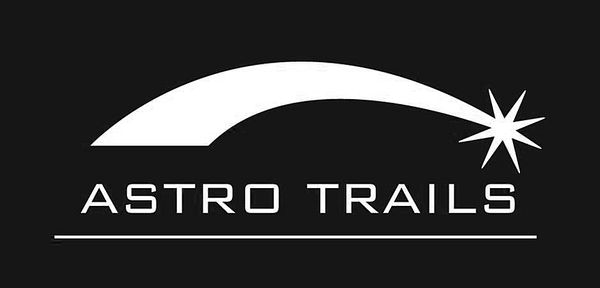Press release -
Asteroid Near-Miss - A Cause for Concern?
An Asteroid thought to be travelling at around 20,000 mph, and the size of a bus passed the Earth today. It came five times closer to the planet than our very own moon, which places it amongst the closest shaves on record. We have been reassured that the relatively small size of the asteroid is the decisive factor in judging the level of threat, with NASA’s specialist ‘Asteroid Watch’ tweeting “it wouldn’t get through our atmosphere intact even if it dared to try”. Questions remain however, over how despite some very sophisticated and expensive projects to detect potential threats, Asteroid ‘BX34 2012’ seemingly evaded all the watchers until it was just two days away from earth.
Understandably, concerns are raised by such an occurrence, and the focus has been sharply drawn on the measures and precautions currently in place, and whether they are sufficient. NASA’s Near Earth Object (NEO) office has set up several programs since the 1980s that identify tens of thousands of objects every year, and to their credit – it does appear that the late identification of today’s asteroid intruder is an exception amongst their exemplary record. Nevertheless, the alarm has been raised, and scientists in Germany are currently exploring the best methods for dealing with an asteroid were it to be on a collision course with the Earth. Indeed, the immediacy of the situation is furthered by Eros, a comparable behemoth that also passes the Earth next week, albeit at a much greater distance. With over 20,000 asteroids currently identified by NASA with a width of anywhere between 100 metres to a kilometre, the importance of the continued observation efforts are clear.
Specialist tour operator Astro Trails offer the opportunity to visit both the Lowell and Kit Peak Observatories to meet those facing such a difficult task, as part of a tour that also visits a mile-wide meteor crater in the Arizona plains. A foreboding reminder of an asteroid impact some 50,000 years ago that while larger, was travelling at a comparable speed and struck the Earth with the energy of more than 20 million tons of TNT. Proving to be irresistible to space enthusiasts, the tour also includes the observation of the Annular Eclipse, from an observation point overlooking Horseshoe Bend.
Was this near-miss a cause for concern? The jury’s out.
For more details visit www.astro-trails.com
or contact:
Nick Whitfield, nick.whitfield@stt-uk.com
01276 21709
Topics
- Tourism
Categories
- astronomy
- astronomy holiday
- eclipse
- annular eclipse
- asteroid
- science
- meteor
- crater
- arizona
- bx342012
- astro tourism
Astro Trails offer a selection of tours based around events of astronomic or scientific interest. Our wealth of experience and careful planning enable us to offer the best locations, along with the most interesting and inspiring travel experiences as an integral part of your journey.
